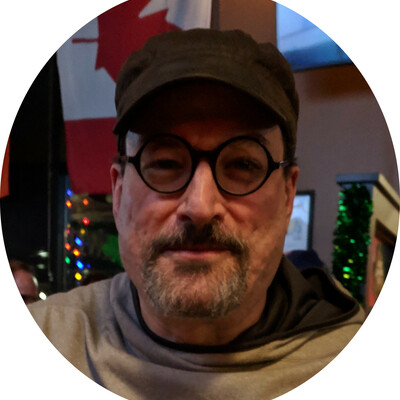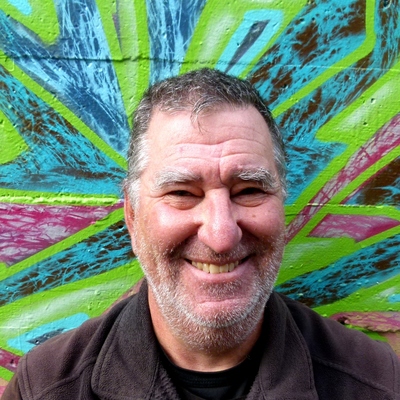United Nations Secretariat Building, NYC, 2021.
All the pixels, none of the motorcades or protests, at https://www.flickr.com/photos/mattblaze/51381729335
#photography
@mattblaze@federate.social I love the reflections.
@mattblaze@federate.social 😍 Great photo!
Captured with the Phase One Achromatic back and the Rodenstock 32mm/4.0 HR-Digaron lens, with the back shifted down 8.5mm to maintain the building’s geometry. I brought out contrast in the sky with a polarizer, but otherwise used no color contrast filtration. The camera was positioned across the avenue about 10 meters up from the plaza level (at the bottom of the “canyon” of the skyline reflected in the bottom center of the building).
Love them or hate them, mid-century rectangular glass curtain buildings like this are easy to dismiss as being “boring”, but I think that misses something.
Reflections of the surroundings become part of the facade, which changes at different angles and throughout the day. I visited several times and made dozens of photos, all quite different, before I settled on this one, and there are infinitely many photos others could make, all unique. (Similar to the new World Trade Center in this regard).
The UN Secretariat building was designed by an international team of architects (most notably Le Corbusier and Oscar Niemeyer) and completed in 1950. It was the first important “International Style” modernist skyscraper in New York - exemplified here here by a simple, unadorned rectangle with reflective glass curtain walls on either side.
Glass box office buildings became almost cliche in mid-century NYC, but the UN remains unusual in being set apart in the skyline, uncrowded by neighbors.
@mattblaze@federate.social Took me three tries not to read “Oscar Meyer” (as in weiner). [Yes, I’m that immature]. But then I started to wonder if “hotdog architecture” is a thing.
@mcr314@todon.nl That would be Googie, I’d think.
I have mixed feelings about Le Corbusier’s architecture (to say nothing of his urban planning philosophy - he clearly influenced Robert Moses), but I think the UN Secretariat building was one of his successes.
An aside: If you look at the full resolution version (downloadable on flickr), you can see the HF amateur radio antenna on the roof. Nerds are everywhere, even/especially at the UN. There’s also a family taking a group picture on the street in front.
@mattblaze@federate.social we visit my in-laws in Chandigarh every year and that is about Le Corbusier as it gets.
@mattblaze@federate.social Speaking of, Robert Moses secured the land for the U.N. building. It was a dicey thing. In an alternate universe close to ours, the U.N. building is in Boston
@mattblaze@federate.social I watched a movie couple nights ago - Mister 880 - with a scene at the interim UN building in Flushing Meadows. The movie only showed a few interior scenes so I looked up the exterior. Totally generic Euro-bureau-palace, like the League of Nations but smaller. So that’s what the current building was reacting to.
> Reflections of the surroundings
Reflections are what make Cloudgate (AKA The Bean) in Chicago so mesmerizing. It’s interesting in pictures but on an entirely different level in person. I hope if you get to Chicago you get a chance to view it (if you haven’t already.)
@HankB@fosstodon.org A (younger) me reflected in The Bean.
@mattblaze@federate.social My concern with those are the bird deaths.
@mattblaze@federate.social as an architect and a photographer, one thing phoyography seems to be challenged by is to show the spaces that architecture creates for people. photography unfortunately flattens everything in one single rectangle, and all the wonderful spatial dimensions and relations tend to get lost. that is why architectural photography is so difficult, and why architects have to make a myriad of drawings and models to explain their creations
@mattblaze Le Corbusier in particular has been criticised about his architecture, most of the times from views of his buildings that tend not to include the attached gardening and spacing that he made part of his proposals, ideas trying to bring open spaces to every building and every inhabitant, an idea that’s as loable as it is costly, unfortunately, and easy to dismiss when the view focus only on the magnanimous concrete rectangles, which is easier than to capture the whole concept.
@argonaut While I agree that this is hard to photograph, I disagree that this helps vindicate him. The widespread adoption - untested and as an article of faith - of the “flow” theory that he promoted was responsible for several decades of disastrous, neighborhood-destroying “urban renewal” projects in NYC and elsewhere in the US. It also cemented the need to have a car in many previously walkable places.
@argonaut@mastodon.social Of course, this isn’t a criticism of the buildings themselves, which were stylistically products of a much larger movement, but of exactly the larger context you’re talking about. Plazas and other features around living- and work-spaces are great, but they largely precluded letting people organically evolve how we use precious urban space.








